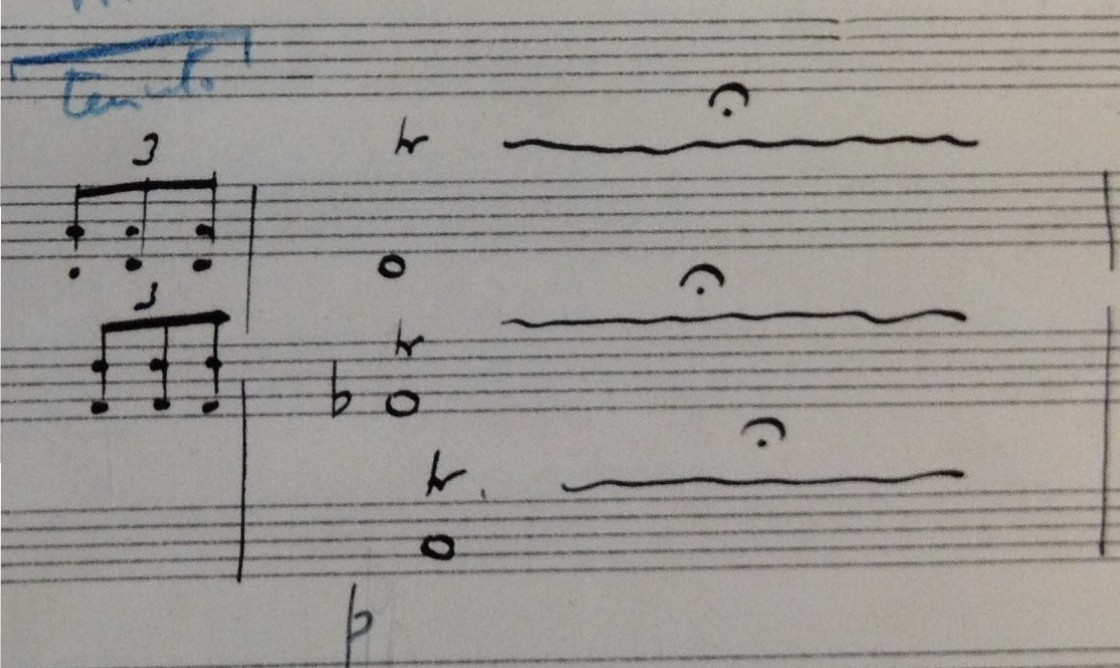
The last talk of ASW 2015 was given by Ben Saul, teaching professor in Music Therapy at the Guildhall School of Music, senior lecturer at the University of the West of England, Bath, and a clinician specialising in learning disabilities and elder care. Ben raised a series of provocative questions including “What is music?” and “What is music therapy?”
The first question challenged many of us as Ben played a piece of music (or was it?) that juxtaposed music with speech. It was quite uncomfortable to listen to as the speech (and sometimes the music) became ever more erratic.
Ben explained how music can be a universal medium – and not just in the sense that you might expect, as a medium that can cut across racial or gender boundaries; but sometimes it’s the medium that survives when interaction with other mediums has been lost. Psychological, neurological and even physical responses to music may still be unimpaired despite illness or injury (there’s a fascinating paper on an aspect of this in Frontiers in human neuroscience). As a non-verbal means of communication, and one that is expressive of a wide range of feelings and emotions, music can also be a way (perhaps sometimes the only way) to allow free expression.
Ben then showed how a children’s book such as Maurice Sendak’s enchanting Where the wild things are can be used as an opening into therapy, with the wild rumpus of the wild things an opportunity to engage in music as an outlet. The book would first be used as an opportunity to tell a story, and would then be retold but (importantly) minus the text, but with participants encouraged to participate musically.
It was a surprisingly moving talk, as you began to see how music could be used therapeutically. He showed how music therapy could be used in children to facilitate play, and then to move on from there to an exploration of what might be damaging or shocking. Any musician knows the many benefits of music, but this was looking at it in a rather different way.
Ben then talked a little about how libraries can engage with music therapy, or with therapeutic music making, which is rather broader in its scope. I was especially taken by his comments on a recent project in which music therapists and the Horniman Museum combined to work with people suffering from dementia. The combination of music (long known to be a path into memory) and objects from the Horniman’s collections worked together to unlock experiences and memories. A great example of music’s power to evoke physical and psychological responses long after other abilities have faded.
It was a thought-provoking talk, but then music therapy is not necessarily easy, it can be challenging; and this was what became clear in Ben’s talk. It has challenges, but is also deeply rewarding.
MJ